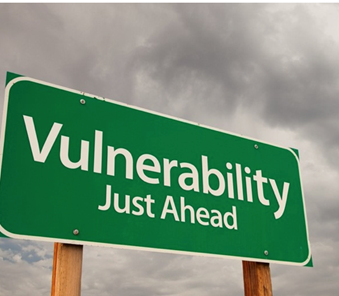This is an Eval Central archive copy, find the original at rka-learnwithus.com.
I wrote this blog post before the outrageous events of January 6, 2021 when a mob of Trump supporters made a violent, anti-democratic attack on the United States Capitol. I hesitated to post this so soon afterward, fearing poor timing, especially as the aftermath of the event continues to unfold as I write. But I stand by my words in this blog-“Be bold”- and a promise to myself to not avoid difficult topics or try to “wait it out,” and I ask the same of museums.
As we enter 2021, we in the museum profession have hard work ahead of us. In 2020, the museum field as a whole showed itself to be out of step with society, which led me to reconsider a word I hear over and over from museums professionals—relevance. Over the past twenty years, when I ask (as all evaluators do) “how do you want to benefit your visitors or potential visitors?” the common response from museum professionals is that they want their offerings to be relevant. I have observed that the pursuit of relevance is a common denominator among museums types. Consequently, it has been jarring and discouraging as we watched museums in 2020 reveal themselves to be irrelevant.
Obviously, museums didn’t become irrelevant overnight, but rather the events of 2020—the pandemic, social injustice, economic disparity—shined a light on the ways museums are out of step with their time. 2020 has swiftly exposed much of what museum professionals have been saying about museums amongst themselves for years—that they lack diversity among museum staff, their collections, and museum visitors; that they avoid confronting challenging societal and world problems; and that they are governed by skewed power structures, to name a few. 2020 tore away the status quo that protected many museums from addressing these issues transparently and directly.

It is with these thoughts about museums and relevance churning in my mind that I had a stimulating conversation with Emlyn Koster and read his recent article in Informal Learning Review (ILR), Relevance of Museums to the Anthropocene. Emlyn is a field geologist with three decades of experience as a nature and science museum CEO; he is also a prolific writer and thought leader. His recent publications and presentations have increasingly infused the largest challenges that confront the Earth with a holistic, past-present-future, all-species perspective. In his ILR article, Emlyn emphasizes the urgency for relevance and asks museum professionals questions about their museums like, “Why does it exist? How does it align with surrounding environmental and/or societal needs?” As I read Emlyn’s argument for relevance, one idea kept bubbling up to my consciousness over and over—”Be bold.” I was speaking to myself as well as the museum profession as a whole. Now is not the time to skirt around issues, to avoid addressing critical societal problems that are literally right in front of us screaming to be heard. For museums and museum professionals to be relevant post-2020 is to be bold, to question the status quo, to take risks. Boldness relates to vulnerability, which I wrote about in the early weeks of the pandemic. Being truly bold requires that one be vulnerable and being vulnerable requires exposing oneself authentically, faults and all.
It is within this context that I introduce Emlyn as a guest blogger for RK&A in 2021. From his vantage point as a geoscientist, museologist, and humanist, Emlyn will explore difficult topics of our time through a series of op-ed style blog posts, imploring museums to be leaders in addressing these issues. We are looking forward to what Emlyn has to say.
The post Relevance Revisited appeared first on RK&A.